Are you living in India with a craving to start a blog, but feeling overwhelmed by where to begin?
Don’t worry — you’re not alone!
We have created this beginner’s guide specifically with Indian bloggers in mind — helping to save you time, energy, and money as you launch your blogging journey.
Ready? Let’s get started!
Disclosure: Our website is reader-supported. If you purchase any product through our partner links, we may earn a commission at no extra cost to you.
What is Blogging?
Blogging is a form of online writing that has become an increasingly popular way for people to express themselves and share their thoughts and ideas with the world.
At its core, blogging is simply writing about a topic or topics you are passionate about.
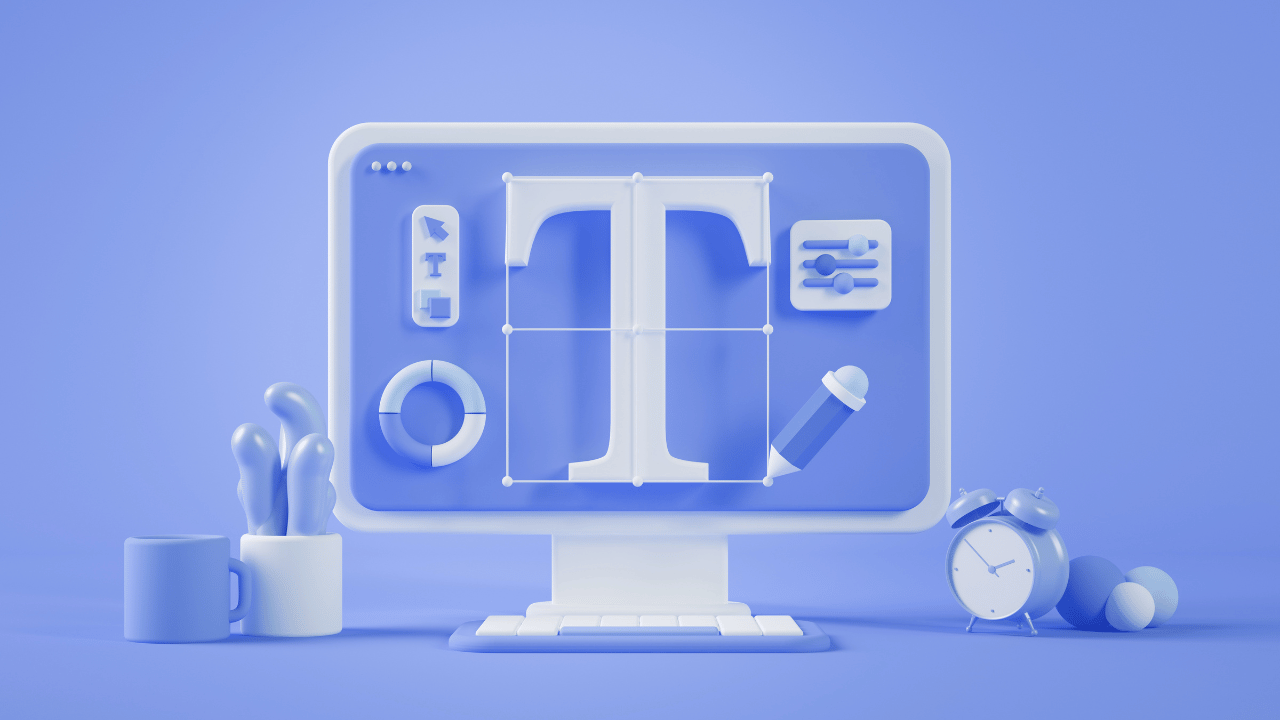
You can write about anything from your favorite hobbies or interests, to your thoughts on current events and news, to reviews on products or services.
Blogging can also be a great way to make money.
Many bloggers are able to monetize their content by creating sponsored content or signing up for affiliate programs. With the right approach and dedication, blogging can be a profitable venture.
Why You Should Start a Blog in India?
India is one of the most populous countries in the world. In 2020, India had over 749 million internet users across the country and this figure was projected to grow to over 1.5 billion users by 2040 according to Statista.
This means that there are now more opportunities than ever before to reach out to a large number of people. You can take advantage of this surge in internet users and get your voice heard.
Here are some of the other reasons why you should start a blog in India:
- Improve your writing skills: Blogging is a great way to improve your writing skills. You can practice writing articles and hone your craft.
- Promote your business: If you have a business, blogging is a great way to promote it. You can reach a larger audience than ever before and build a loyal customer base.
- Establish your expertise: You can share your knowledge and experience, and help others learn more about the topics you’re passionate about.
- Connect with your audience: By regularly publishing content related to your industry, you can engage with your audience and build a strong connection with them.
- Earn a passive income: You can monetize your blog by running ads, selling products, or offering services.
These are just a few of the benefits of blogging in India. Whether you’re a business or an individual, blogging can be an effective tool for reaching out to an audience in India.
How to Start a Blog in India
Launching a blog is relatively easy, but it does require some dedication if you want to build an audience and grow it into an established platform.
Keep in mind It is a process that will take time and effort to see real results.
So if you’re ready to get started and learn the basics of how to start a blog, then let’s jump right in!
1. Find Your Ideal Niche
Finding the right niche for your blog can be the difference between success and failure.
The Indian blog niches are quite unique from the niches of other countries. From fashion and lifestyle bloggers to food bloggers and entrepreneurs, there are a number of interesting and creative India-specific topics to cover in India’s blogosphere.
Here are some of the most popular blog niches that you can explore:
Art and Culture
Be sure to go into detail about the various cultures. Dig into the vibrant festivals and customs they enjoy, the art they love, their music and instruments, their beliefs, ceremonies, and practices.
Fashion
The Indian fashion scene is one of the world’s most iconic and influential. From rich sarees and salwar suits to lungi, there is no shortage of content for a fashion blog.
Technology
India is one of the world’s leaders in the technology sector, and this provides a great niche for tech-savvy bloggers. A tech blog may be about startups, artificial intelligence, robotics, technological trends, coding, and much more.
Food
In India, food (I love Tandoori Chicken!) forms a huge part of the culture, so it’s no surprise that bloggers have tapped into that potential to create content about regional specialties, traditional recipes, and dishes.
Travel
A travel blog can be an ideal niche based on personal experiences and stories of your visits to different parts of India, providing insights into the things to do, places to stay, and sights to see.
Lifestyle and Wellness
If you love living a healthy lifestyle, consider starting a blog to cover topics like yoga, healthy diets, and stress management.
You can also share lifestyle advice on different topics like interior design, positivity and motivation, self-care, budgeting, and more.
Business and Entrepreneurship
If you’re looking to expand your business and start a new venture, or have advice and insights to share, a blog specifically oriented towards business and entrepreneurship could be a great niche.
Start by making a list of everything you’re passionate about.
Whether it’s food, hobby, fashion, technology, business, or anything else, make a list and start to narrow it down until you find the perfect niche.
You don’t need to write content on each item — just choose one and start.
Now it’s time to get out there and start blogging!
2. Choose a Blogging Platform
There are a variety of blogging platforms available to choose from, including free platforms like Medium, Blogger, Tumblr, and more. But for many serious bloggers, the best option is self-hosted WordPress.
WordPress is an open-source, self-hosted content management system (CMS). This means that you can install WordPress on your own web hosting account, and you’ll have complete control of your blog.
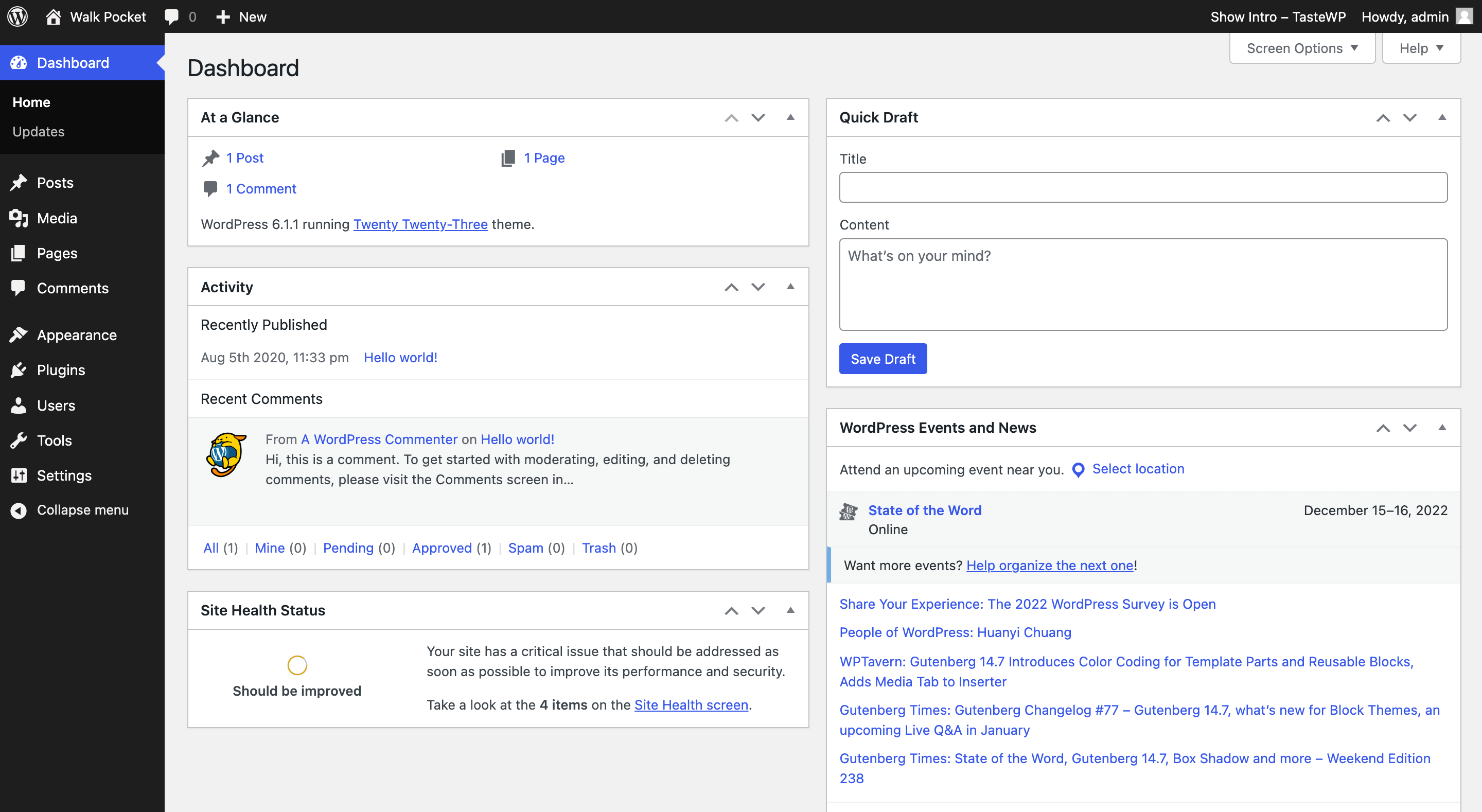
Moreover, there are hundreds of thousands of themes and plugins available for it, so you can completely customize your blog’s design, functionality, and features.
WordPress is also an excellent choice for SEO.
This makes it easier for visitors to find your content and increases your chances of ranking well in the search engines like Google.
But before you can get started with WordPress, you’ll need to invest some money in a domain name and web hosting.
The good news is that you don’t have to pay an arm and a leg to get started with WordPress.
You can often find great deals on web hosting, allowing you to get started with WordPress at an affordable price. Plus, with the wealth of free and paid themes and plugins, you can quickly make your blog look and feel exactly like you want it to.
But what if you’re looking to start a blog for free?
Well, there are a few options available.
Blogger.com is one of the popular free blogging platforms. It’s easy to use and set up, and it’s free.
However, there’s a lack of features compared to WordPress, and it won’t look as professional as having your own domain name and hosting.
So if you’re serious about blogging, it’s worth investing in a domain name and web hosting and setting up a self-hosted WordPress blog.
3. Get a Domain Name and Hosting
A domain name is an address people use to visit your blog. It should be unique, easy to remember, and reflect the topic of your blog.
Web hosting is the service that stores all the information and files that make up your website. It’s like a computer that’s connected to the internet and it ensures that your blog is always up and running.
If you’re stuck trying to come up with a domain name for your website, don’t worry – you’re not alone. We’ve put together a step-by-step guide to help you come up with the perfect domain name. So don’t forget to check it out.
When choosing a web hosting provider, there are three key factors to consider: reliability, cost, and customer service.
Make sure the provider you choose is reliable and offers high availability and can handle your blog’s traffic.
The cost should be factored into your decision as well – some hosting providers may be more expensive but offer better services or features.
To simplify your search, here are the best domain and web hosting providers we recommend for beginners:
Choose a Plan | Instructions
Choose a Plan | Instructions
Choose a Plan | Instructions
Well, you certainly don’t have to stress over the process — the good news is, all these hosting providers provide a simple installation process for WordPress so that you don’t have to worry about installing it yourself.
All you have to do is choose the plan that suits your needs and then follow the instructions for a smooth installation process.
Once you have installed WordPress, it’s important to take some time to explore the platform and get familiar with it.
If you’re new to WordPress, our WordPress Starter Guide is an absolute must-read. It will provide you with the insight and direction you need to make sure you’re taking full advantage of everything WordPress has to offer.
4. Customize Your Blog
Congratulations! You’ve taken the first step in creating your very own blog — you’ve installed WordPress. Now, it’s time to customize your blog to make it your own.
Installing Themes
First, you’ll want to choose a WordPress theme. WordPress offers hundreds of themes, each with its own unique look and feel. You can browse through them to find one that best suits the style and focus of your blog.
All you need to do is head to your WordPress dashboard, click on “Appearance” and select “Themes.” Then, click on “Add New.”
Once you’re on the “Add New” page, you’ll find a curated selection of themes, both free and premium. You can easily search for the type of theme you’re looking for, including categories such as business, blog, portfolio, music, eCommerce, and more.
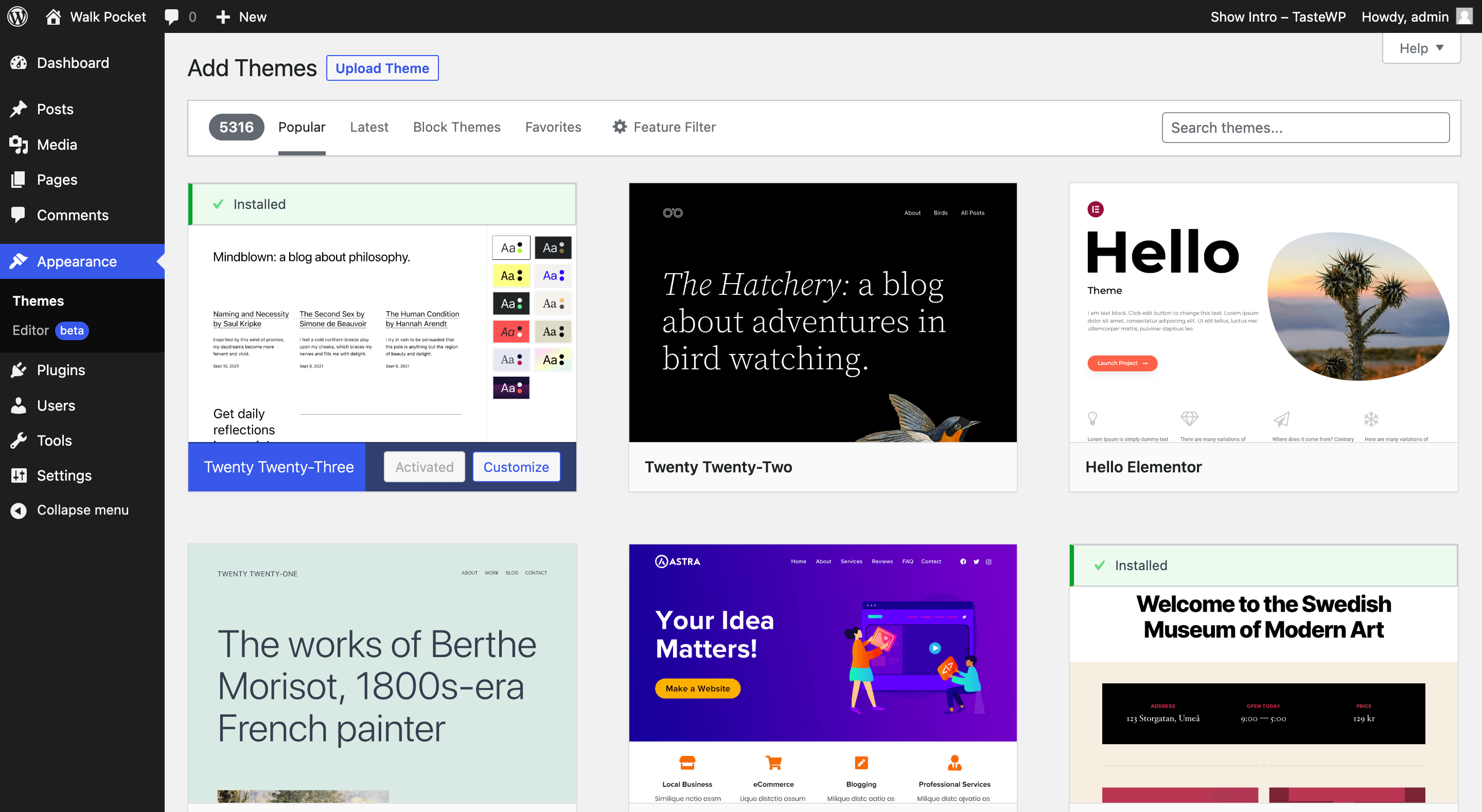
When you’ve found the right theme, simply click on the Install button and let WordPress do the rest.
Once the installation is complete, you can customize it by adding custom backgrounds, fonts, widgets, and other plugins. You can also add your own logo and color scheme.
It’s also important to create a logo for your blog.
Your logo will be a symbol of your blog and should be easily recognizable and professional. You can create a logo using free or premium logo makers or have a professional logo designer create one for you.
This will make sure that your blog looks and feels unique and like it was created just for you.
Installing Plugins
Whether you’re a beginner or an experienced WordPress user, installing plugins can be a great way to extend the functionality of your blog and make it more powerful.
From improving the user experience to adding new features and functionality, there’s a plugin for almost anything you can think of.
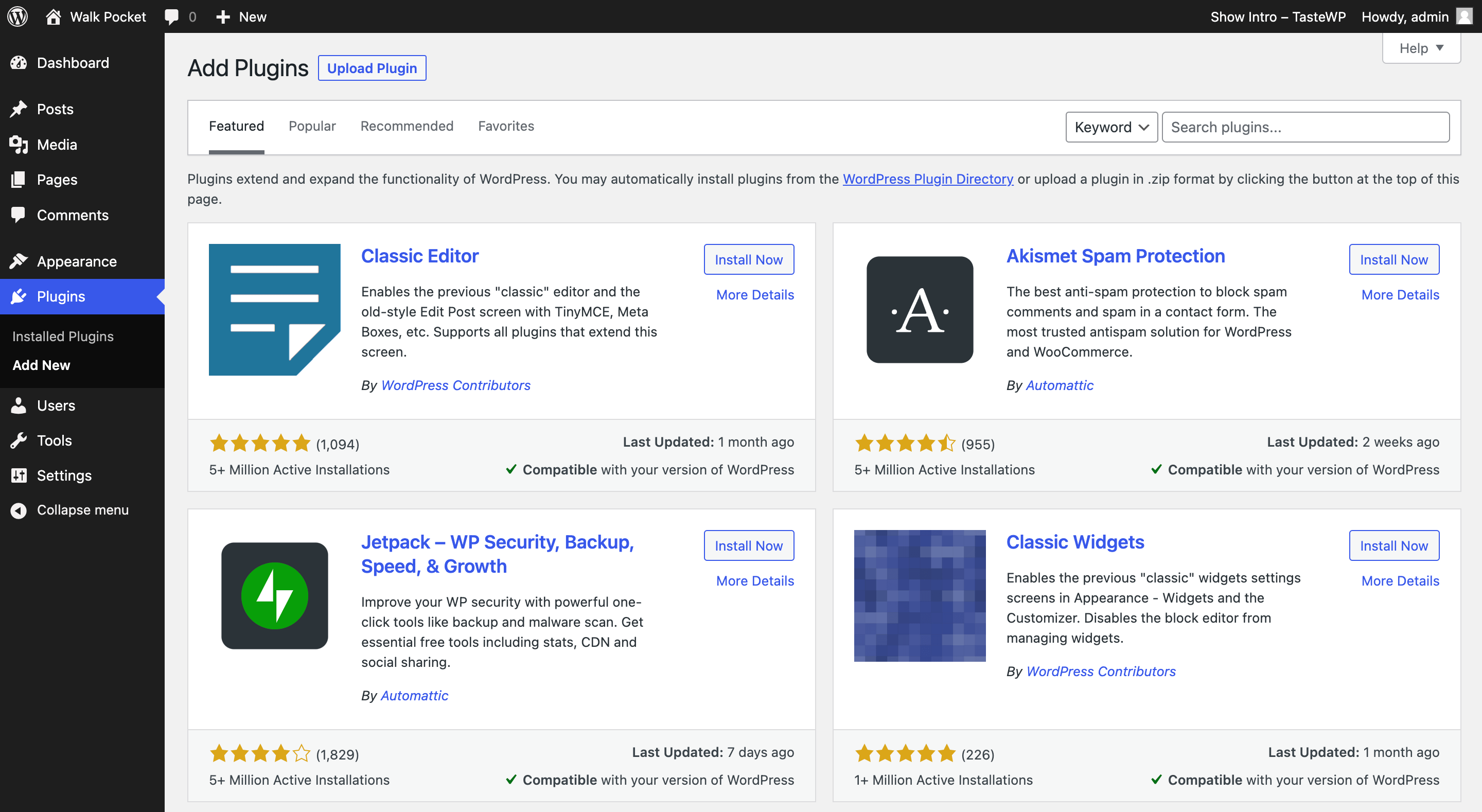
All you need to do is go to the Plugins page, search for the plugin, click “Install Now” and “Activate” it. After that, you can start using the plugin right away.
Here is a list of recommended WordPress plugins for your WordPress blog:
- Akismet: This is a free WordPress plugin that helps protect your blog from spam and malicious comments.
- WP Rocket: A powerful caching plugin that helps your WordPress site load faster. It’s easy to set up and use, and it makes a huge difference in the performance of your site.
- RankMath SEO: This plugin helps you optimize your WordPress blog for search engines.
- WordFence Security: A security plugin that helps you to secure your blog from malicious attacks and hacking attempts. It offers features like a firewall, malware scanner, and more.
- MonsterInsights: This plugin helps you track your blog’s performance with Google Analytics. It helps you understand how your visitors interact with your blog, so you can make improvements.
These are just a few of the many great WordPress plugins available. Take the time to explore and find WordPress plugins that can help make your WordPress blog the best it can be.
5. Start Writing Content
Content is what brings readers to your blog and what keeps them coming back. It’s also what helps you establish yourself as an expert and build your reputation as an authority in your chosen niche.
To start writing your first blog post, open your WordPress dashboard and go to “Posts” and click “Add New” to create a new post. This is where you’ll write your content.
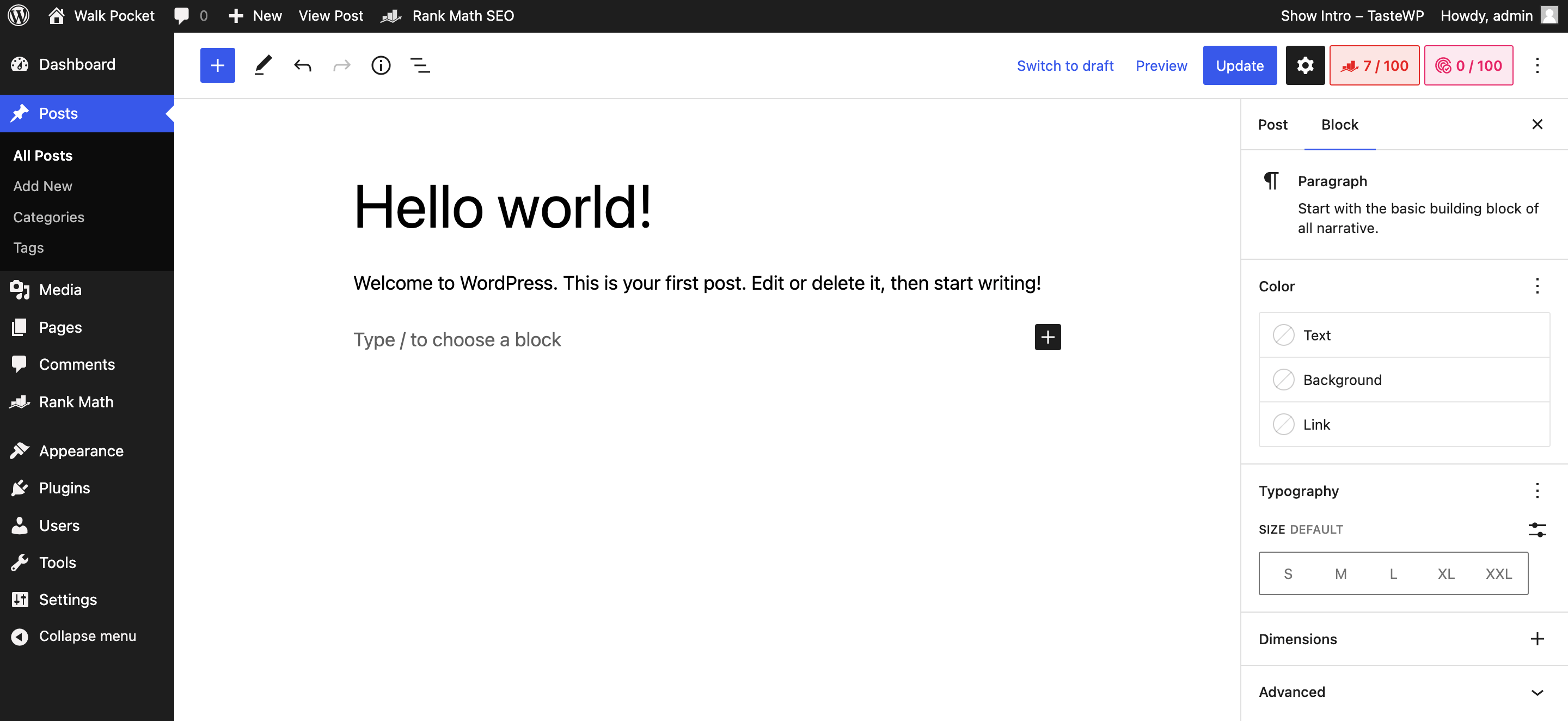
There’s no need to be perfect on your first try. Content is an ever-evolving process and you’ll get better as you go along. It’s all part of the blogging journey.
So, where do you start?
The first step is to get into the right mindset.
Writing content for your blog isn’t just about filling up the page with words. You need to think carefully about the topics you’re covering and the tone of your writing.
To help you get started, here are some tips:
- Set a content schedule: Before you start writing, it’s important to set a content schedule. Decide how often you want to post, and then block out time in your calendar for writing and editing your content.
- Choose your topics: Choose topics that you are passionate about and that your readers will find interesting. If you are unsure of what topics to choose, try doing some keyword research to find topics that people are searching for.
- Gather research: Once you have chosen your topics, do some research on them. This will help you create content that is accurate and informative.
- Outline your posts: Before you start writing, create an outline of your post. This will help you stay focused and organized while writing.
- Start writing: Write in a conversational tone. People don’t want to read boring, robotic content. Use content writing tools and make sure to use visuals such as photos, graphs, and infographics.
- Edit and proofread: After you have finished writing, take some time to edit and proofread your content. This will help ensure that your content is free of errors and grammatical mistakes.
- Publish your post: Once you have finished editing and proofreading, it’s time to publish your post! Make sure that all of your content is accurate and informative, and that it is optimized for search engines.
When it comes to writing blog posts, it’s easy to forget the importance of adding relevant pages to your website such as a privacy policy, about us section and contact page.
A privacy policy page is important for every blog.
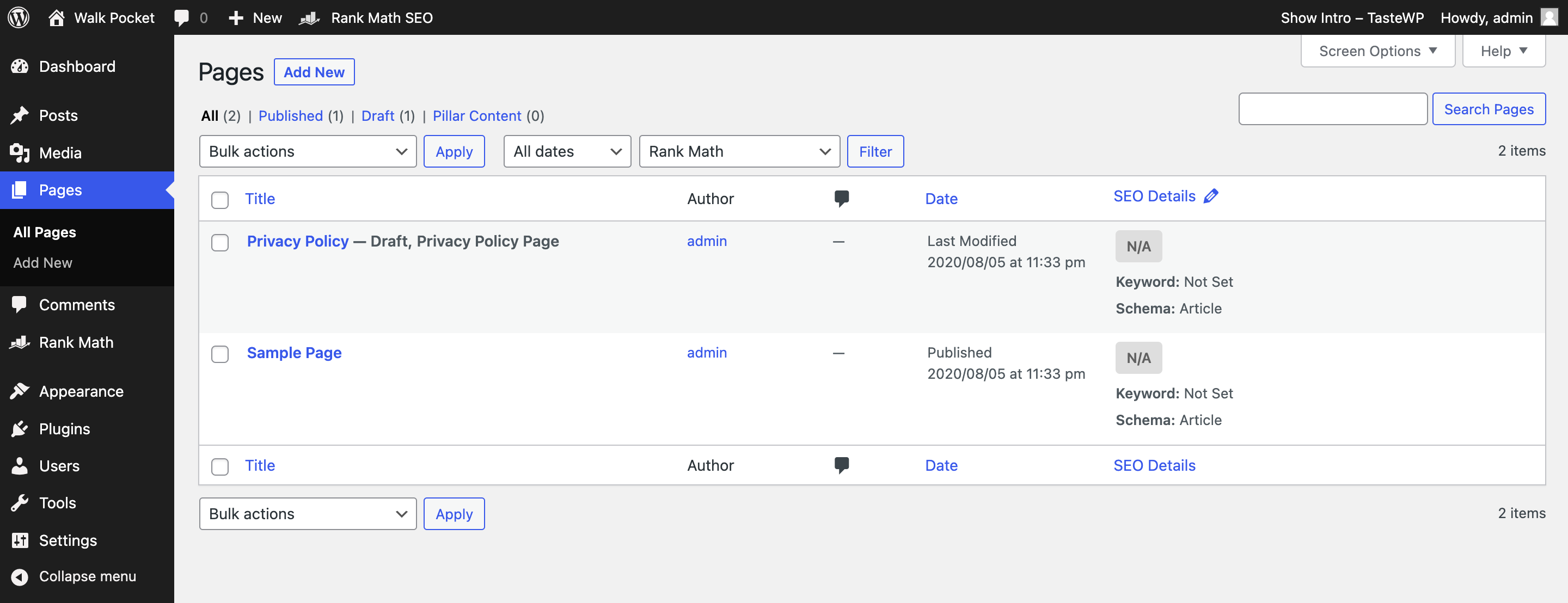
It outlines how you use and protect the personal data of your visitors, as well as how they can opt out of certain activities. This is a legal requirement and should be linked in the footer of each page on your blog.
Fortunately, there are a variety of tools available that make it easy to create these important pages.
Learn More →
One such tool is TermsFeed, which is an online service that allows you to easily generate customized privacy policies, terms and conditions, disclosures, and more.
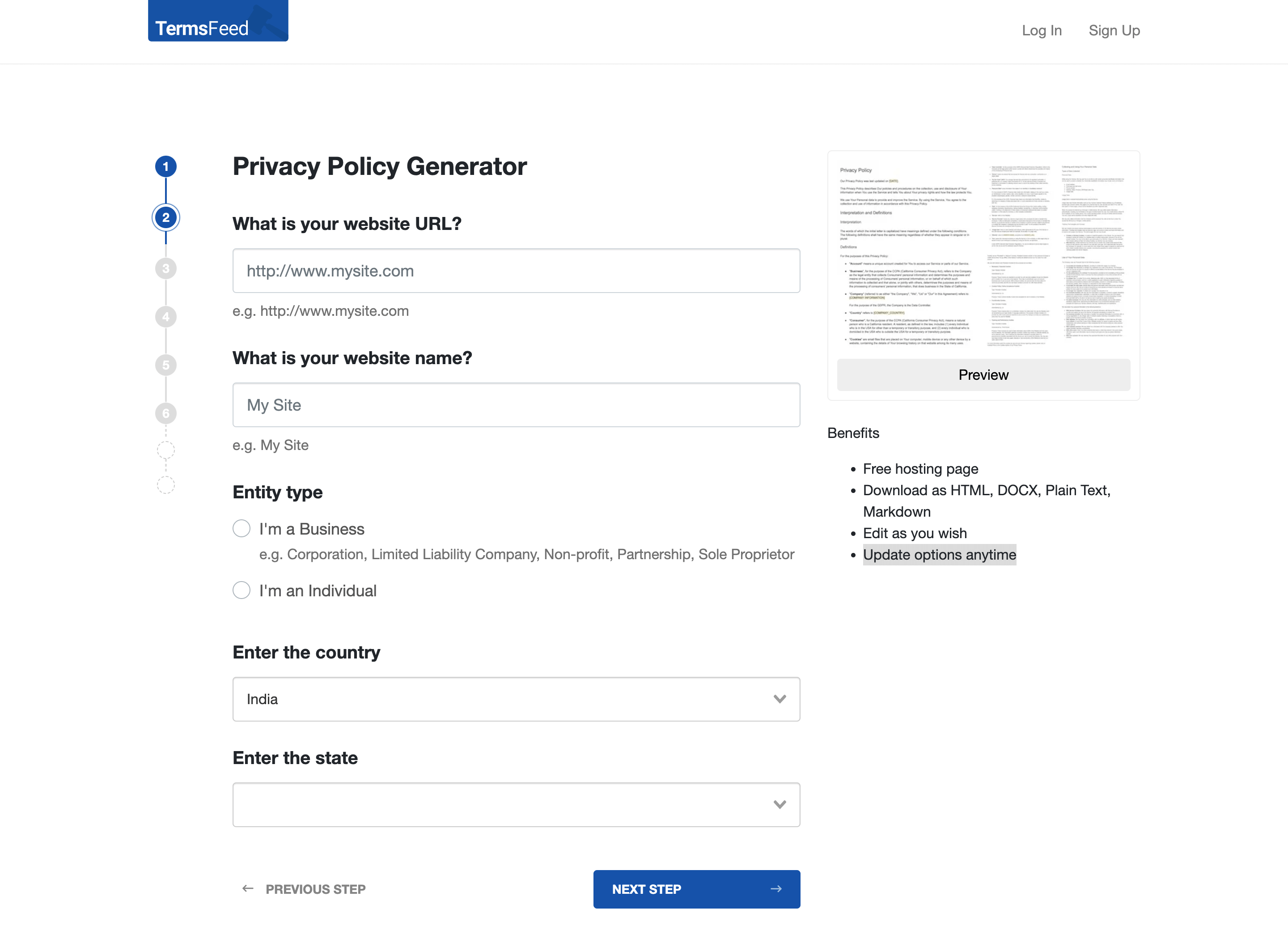
The about us page is another important page to include on your blog. This page tells visitors more about you, your mission, and why your blog exists.
The contact page is another essential page. It should include an email address, physical address (if applicable), and a contact form.
So don’t forget to add these pages to your blog in order to make sure your blog is a complete package.
6. Promote Your Blog
Once you have some content to share, it’s time to get the word out.
The key to successful blog promotion is to make sure you’re targeting the right audience.
Figure out who your blog is aimed at and tailor your promotion to that group. Whether it’s through social media, email newsletters, or other channels, make sure you’re reaching out to the right people.
Another important thing to keep in mind is to make sure your blog is optimized for search engines.
Make sure you’re using keywords in your titles and descriptions, as well as making sure your content is well-written and engaging. This will help you get more organic traffic and potentially even rank higher in search engine results.
And most importantly, don’t forget to take advantage of social media.
Share your blog posts on platforms like Facebook, Twitter, and Pinterest to get more eyes on your content. You can also join relevant groups and forums to get your blog in front of the right people.
Promoting your blog can be a lot of work, but it’s worth it in the long run. With a bit of effort and dedication, you can make sure your blog is seen by the right people and get the recognition it deserves.
7. Monetize Your Blog
Once you have a steady stream of readers, you can start looking into different methods of monetization.
The most popular method is the use of advertising.
You can place ads on your blog in the form of banners or sidebars, or you can even join an ad network like Google AdSense.
You can also make money from your blog through affiliate marketing.
This involves promoting products or services from other companies on your blog, and you will receive a commission from each sale. This can be a great way to make extra money since you don’t need to create any product or service yourself.
Just make sure to only promote products or services that are relevant to your blog’s topic, and that you believe in.
In addition to ads and affiliate marketing, another common way to monetize your blog is through selling sponsored posts.
This can include product reviews, sponsored content, or even content that promotes a specific brand.
And yes, you can also make money from your blog by selling digital products or services. This can include eBooks, online courses, or memberships.
These products or services should be related to your blog’s topic and provide value to your readers.
No matter which method of monetization you choose, the key to success is to create quality content that your readers will enjoy and that will keep them coming back for more.
8. Monitor Your Performance
Do you want to know how your blog is performing?
If so, monitoring your blog’s performance is one of the most important things you can do.
Knowing the metrics of your blog will help you understand which strategies are working and which ones aren’t – and what you can do to improve.
There are a few key metrics that you should be tracking in order to get an accurate picture of your blog’s performance. Here are some of the most important ones:
- Traffic: How many visitors are coming to your blog? Knowing this metric will give you an idea of how well your content is resonating with readers.
- Engagement: How much time are people spending on your blog? You want to make sure they’re engaging with your content and not just skimming through it.
- Conversion Rate: How many people are taking action on your blog? Are they subscribing, buying products, or clicking on affiliate links?
- Shareability: How often is your content being shared? This is a great way to measure the success of your content.
- Bounce Rate: How many people are bouncing away from your blog? This tells you how well your landing pages, navigation, and other elements are performing.
Once you know what metrics you need to track, you should make sure you’re doing it regularly. That way, you’ll be able to see any changes over time and make adjustments accordingly.
You can monitor your blog’s performance in a few different ways.
You can use analytics Plugins such as MonsterInsights, which will give you detailed information about your blog’s performance. You can also use social media analytics to track how people are interacting with your blog on different platforms.
Final Thoughts
Starting a blog is a great way to increase your visibility, establish a credible and professional online presence, and reach a wide audience.
By following the steps in this guide, you can easily and quickly create a blog the right way.
Start by choosing a niche, find the right web host, choose a domain name, pick a blogging platform, and customize it to your own style.
Finally, start creating content and growing your target audience.
With dedication and hard work, you can become a successful blogger in India.
Happy blogging!



